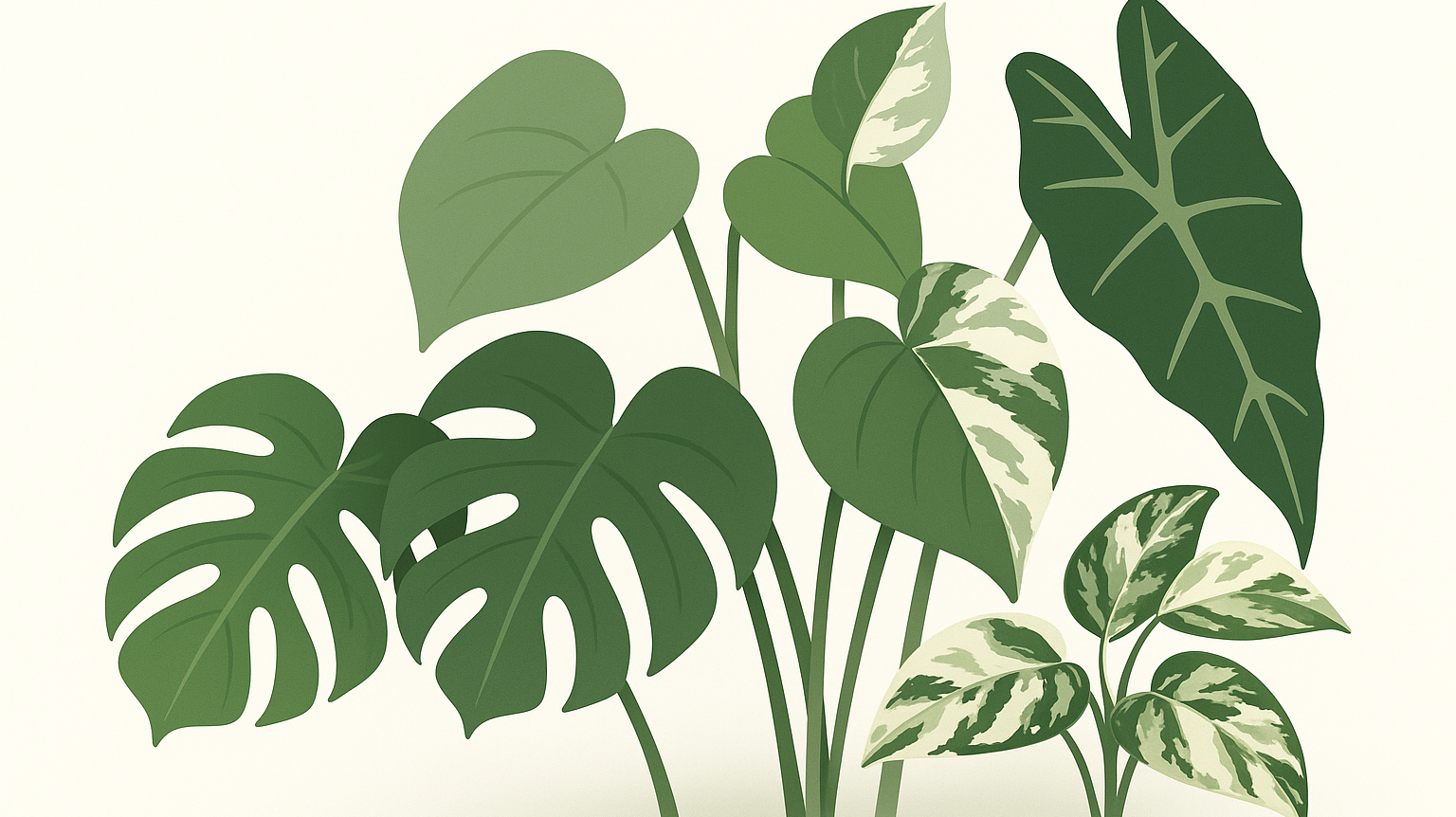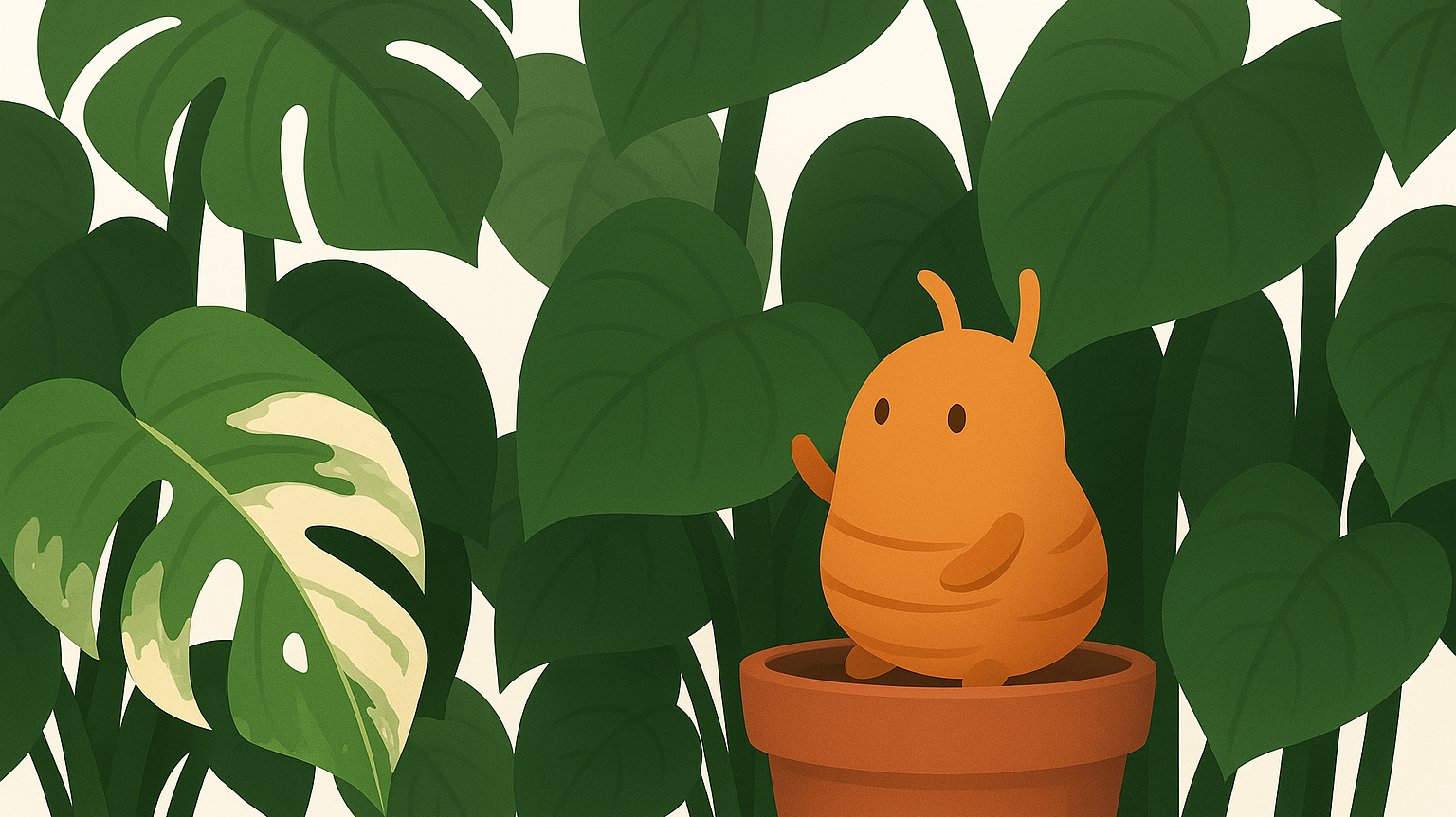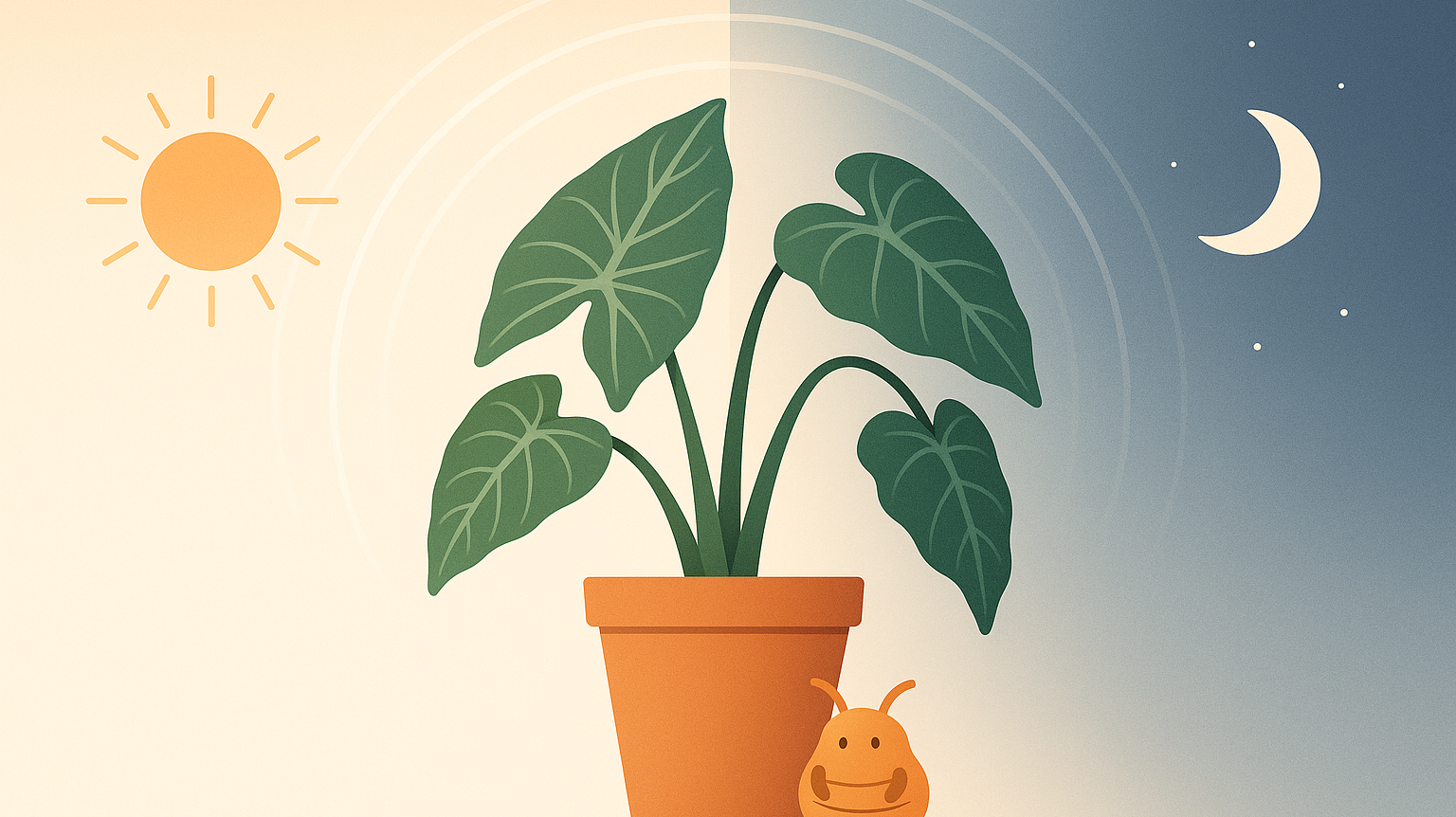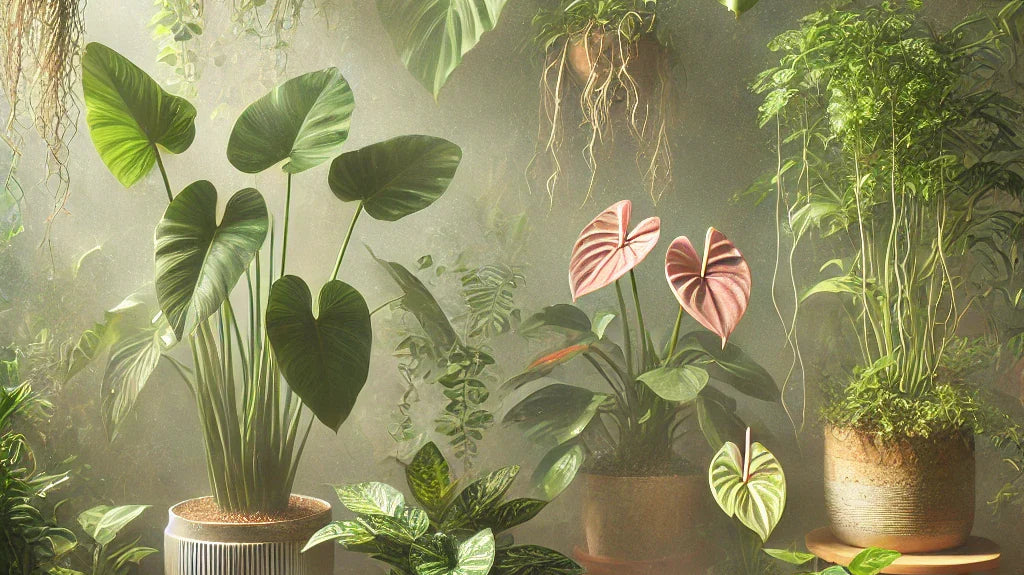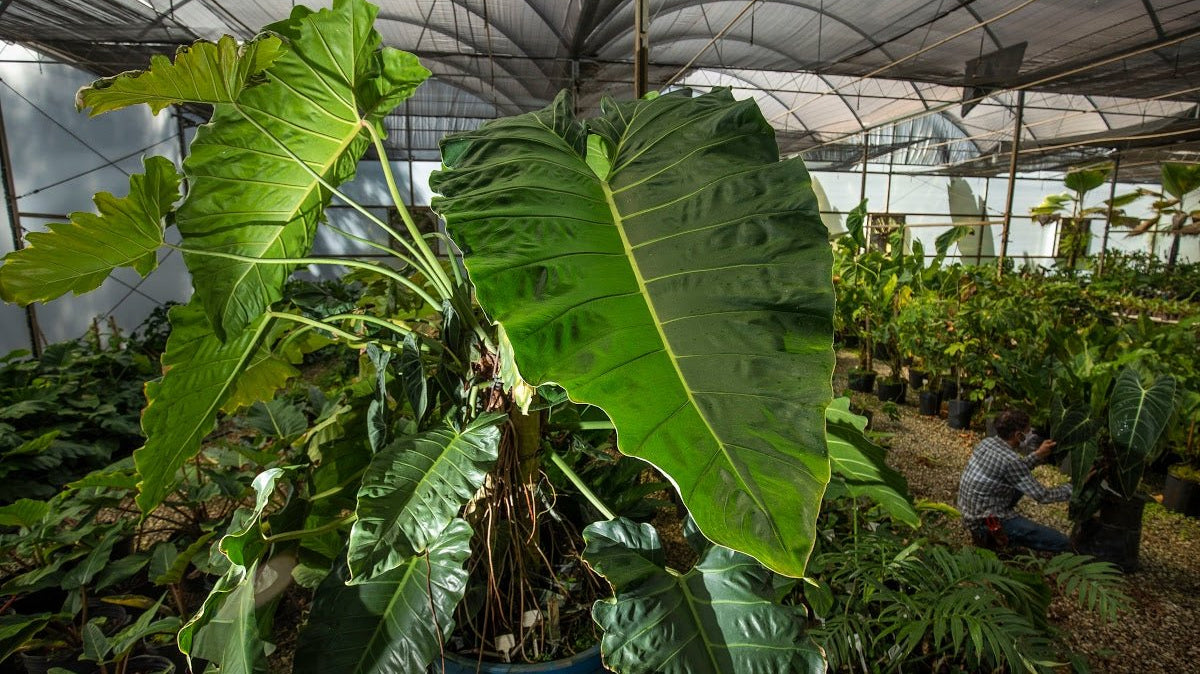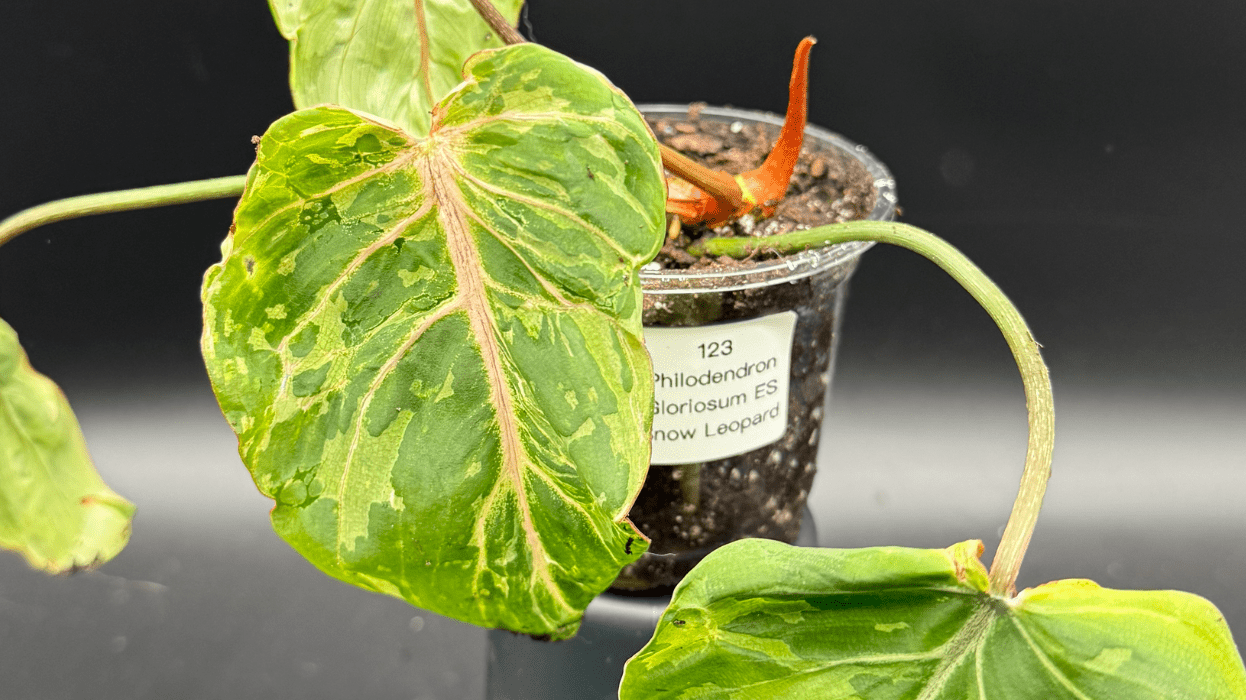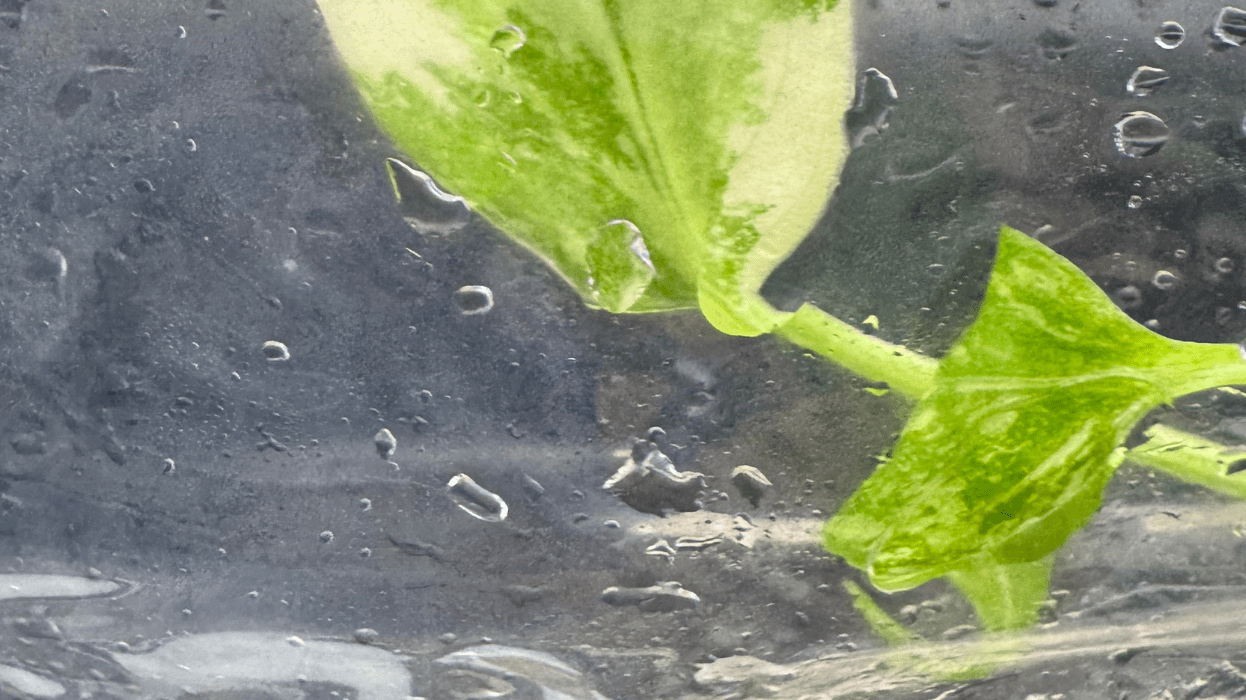Leaflet
What Is an Aroid?
Aroids evolved to solve the hardest problem in the rainforest—how to live with too little light and too much competition. The result? Some of the most beautiful plants on Earth.
How to Keep Variegated Leaves Through Winter
Winter light can turn your prized variegated leaves solid green. It isn’t bad care—it’s survival. Learn why plants shift their patterns when days get shorter, and how steady light and warmth can help keep the white in your Monstera or Philodendron from fading away.
Can Plants Hear Touch?
Plants don’t have ears, but they aren’t deaf to their surroundings. From sensing a fingertip brush to detecting the vibrations of chewing insects, plants register touch and sound through finely tuned cellular systems — and even change how they grow in response.
Do Plants Know What Time It Is?
Plants don’t just react to light — they keep time. From Alocasia leaves that rise and fall on schedule to orchids releasing fragrance only when pollinators are near, circadian clocks run the show. These silent rhythms shape when your plants grow, rest, and bloom.

